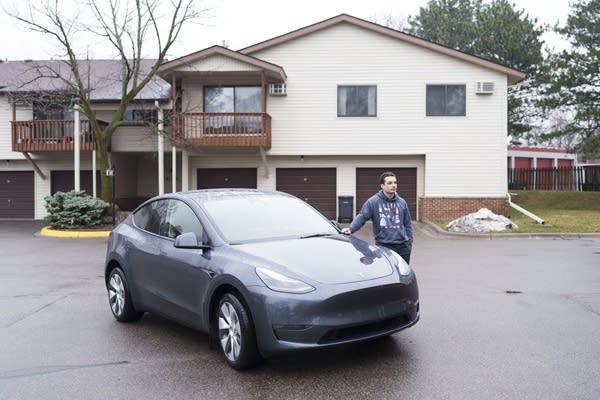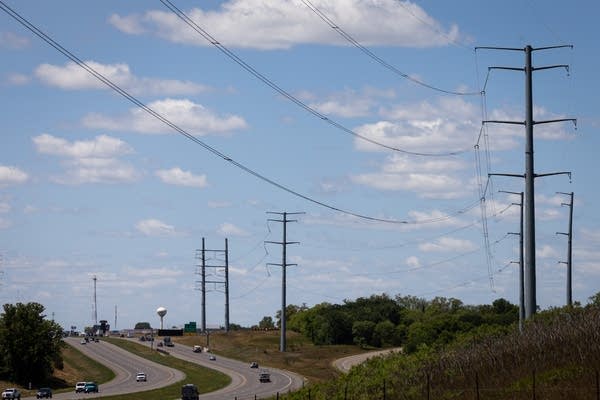
Norfolk Southern will pay $600 million to settle Ohio derailment lawsuit
April 9, 2024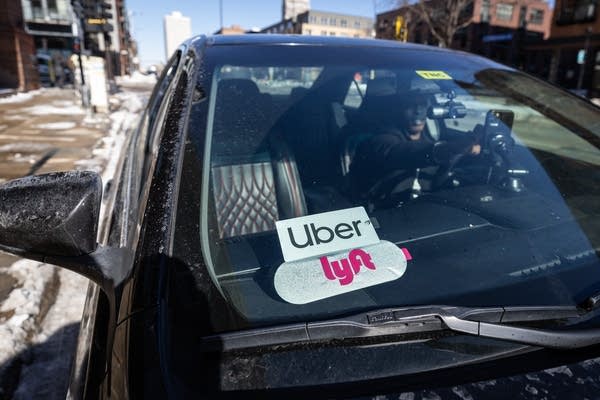
Uber/Lyft in Minneapolis: City council proposes extension to rideshare ordinance implementation
April 10, 2024Running the air conditioner on hot summer afternoons or starting a load of laundry after dinner could get more expensive for Xcel Energy’s residential customers in Minnesota.
If state regulators approve Xcel’s plan, the state’s largest electric utility would charge variable electric rates at different times. Rates would be highest during the peak period from 3 to 8 p.m. on weekdays, and cheapest every night from midnight to 6 a.m. Other hours would be a base rate.
Many utilities already offer voluntary programs and incentives to customers who reduce their energy use at certain times. But Xcel’s plan would be the default for all its residential customers, unless they choose to opt out.
“What’s behind the thinking is really trying to drive behavior changes and usage changes, and getting customers to shift their usage to those off-peak periods where energy is more affordable and it’s actually cheaper to generate and deliver,” said Ryan Long, Xcel’s president in Minnesota, North Dakota and South Dakota.
Time-of-use rates would better reflect the actual cost of delivering energy during those high-demand periods, Long said. Potentially they could allow Xcel to avoid building a new power plant to meet peak demand, he said.
Charging customers variable electric rates isn’t a new concept. California and other states been using time-of-use rates for years to address summer peaks. Xcel is partway through rolling out the pricing plan to its Colorado customers. Minnesota Power also is gradually adopting a default time-of-day rates for its customers.
Xcel’s plan has attracted attention in part because of the sizable gap between rates. Customers will pay seven times more per kilowatt hour for electricity during peak hours on summer weekdays than during the off-peak period.
Other utilities offer voluntary programs and incentives to encourage customers to use less energy during peak times. Some rural electric cooperatives have programs that refund customers if they agree to scale back their electricity use on high-demand days.
When everybody is using electricity at the same time — as on hot summer days, when many people are using air conditioning — it strains the electrical grid, and costs more to generate and deliver power, said Matt Grimley, a research fellow at the University of Minnesota’s Center for Science, Technology and Environmental Policy.
“What time-of-use rates do is try to match that cost with a price signal that says, ‘Try not to use energy when it costs so much to deliver to the home,’” Grimley said. “Instead, try to use energy when not as many people are using it.”
Experts say efforts to manage the demand side of power will be vital as Minnesota and the nation shift to renewable energy sources, such as wind and solar, that are less controllable than fossil fuels.
That can make it harder for utilities to match the amount of electricity they generate with the times when it’s most in demand, said Isabel Ricker, clean electricity program director with the nonprofit Fresh Energy.
“We tend to have an overabundance of very cheap wind energy overnight,” she said. “And unfortunately, there aren’t a whole lot of customers using a lot of power overnight.”
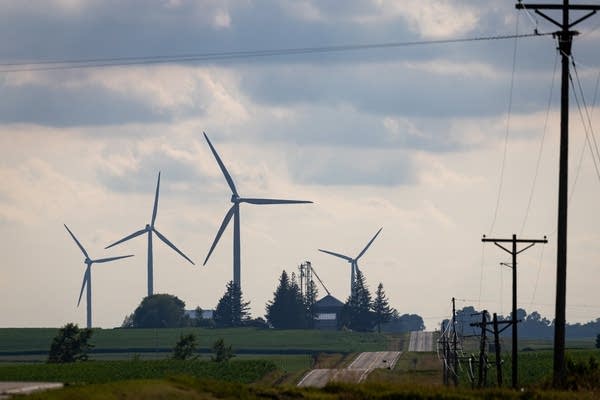
Time-of-use rates can help by getting some customers to shift their energy use to those nighttime hours, when wind farms are producing lots of cheap and clean power, Ricker said.
If enough people reduce their peak energy use, it can save costs and potentially avoid utilities having to build new “peaking” plants, which are often fueled by natural gas, she said.
Time-of-use rates can help align the price customers pay for electricity with the actual cost of generating and delivering it, said Annie Levenson-Falk, executive director of the Citizens Utility Board of Minnesota, which advocates for utility customers.
CUB hasn’t taken a position yet on Xcel’s plan. But Levenson-Falk said time-of-use rates could more fairly price the electricity customers are using. She cited a Chicago-area study that found lower-income households tend to use less peak energy.
“If everybody is paying a flat electric rate at all times of day, what that means is that lower-income households are actually paying probably more than their fair share of the electric system,” Levenson-Falk said. “They’re actually subsidizing their higher-income neighbors.”
Xcel tested time-of-use rates in a two-year pilot project with about 10,000 customers in south Minneapolis and Eden Prairie.
The results showed a modest shift in customers’ electric usage and a resulting decline in their energy bills, Long said. Xcel officials concluded they might be able to encourage more shifting by differentiating the rates more, he said, which led to the current proposal.

Xcel’s plan has generated a lot of public comments to state regulators, many critical. Some said it will negatively impact people who can’t avoid using energy during the five-hour peak period.
Brenna Brosch of Chanhassen said her first reaction was the tiered pricing seems like a good plan.
“You want people to use electricity efficiently so that you’re not drawing too much at one time, and then you have a lot of resources into generating it just for one point in the day,” she said.
But Brosch isn’t sure it’s realistic to expect people to wait to wash clothes or run their dishwasher until after midnight, especially if their appliances don’t have time-delay features.
If Xcel Energy’s goal is to have people change their energy-using behavior, “I don’t know how the average person is going to take advantage of that,” she said.
For some, the plan could help cut their electric bills. That includes Alex Adams, who charges his electric vehicle mostly at night at his St. Anthony home. Adams figures Xcel’s plan would cut his charging costs roughly in half.
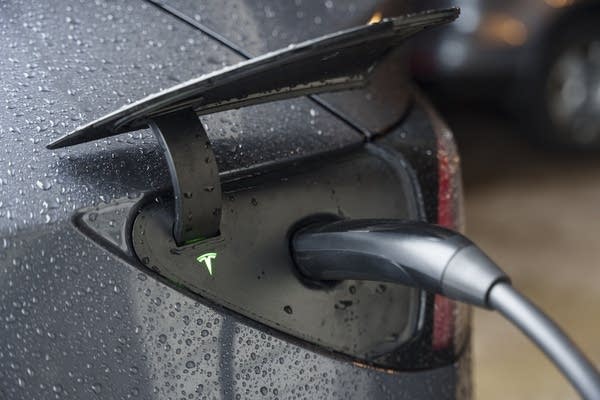
But he knows not everyone will be happy about the changes.
“Frankly, for most people, the rate design will probably increase their bills, if they don’t change their behavior, which is kind of the whole point.” Adams said.
Xcel has said the average residential customer is unlikely to see much change in their electric bill under the new plan. If the Minnesota Public Utilities Commission approves it, the new rates likely would take effect in 2025.
Advocates say communicating the details to customers will be key, so they understand how they can cut their peak energy use and their utility bills. Offering customers incentives or rebates to buy “smart” thermostats or programmable appliances also could help more people take advantage of potential savings, Ricker said.
Amy Liberkowski, Xcel’s regional vice president of regulatory and pricing, noted that today’s technology offers many more ways for utilities to provide information to customers.
“We have more tools available so customers can find out in real time what their energy usage is,” she said. “We think that it’s just a good opportunity now them to provide them tools to control their bills.”
